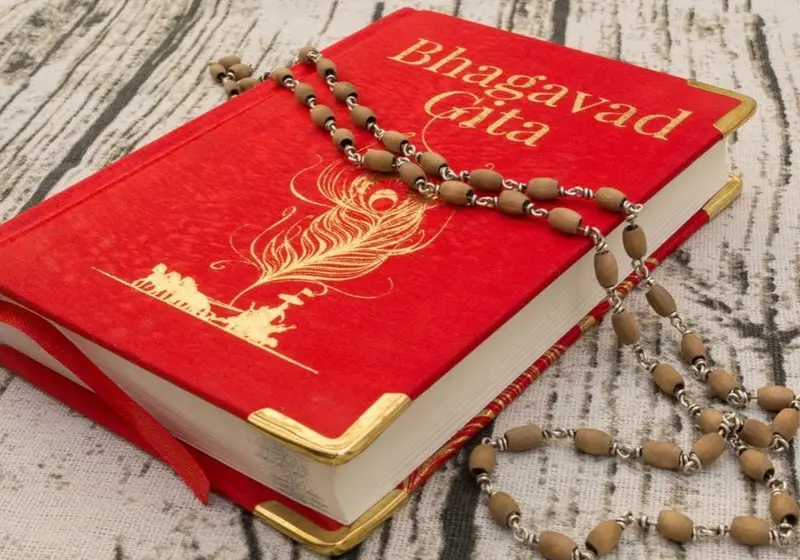In a significant recognition of India’s cultural and literary legacy, manuscripts of the Bhagavad Gita and Bharat Muni’s Natyashastra have been inscribed in UNESCO’s Memory of the World Register. The announcement was made on April 17, as part of UNESCO’s addition of 74 new documentary heritage collections to the global register.

With this inclusion, the number of Indian entries in the Memory of the World Register has risen to 14.
Prime Minister Narendra Modi hailed the development, calling it “a proud moment for every Indian across the world.” In a message shared on X, he said, “The inclusion of the Gita and Natyashastra in UNESCO’s Memory of the World Register is a global recognition of our timeless wisdom and rich culture. Their insights continue to inspire the world.”
Union Culture Minister Gajendra Singh Shekhawat also described the inclusion as a “historic moment for Bharat’s civilisational heritage,” noting that India now has 14 recognised entries on the register.
The Bhagavad Gita, a revered spiritual and philosophical text, has been translated into nearly 80 languages. The Natyashastra is a foundational treatise on classical Indian performing arts, dramaturgy, and aesthetics, and remains one of the most comprehensive texts in the field.
UNESCO’s Memory of the World Register was established in 1992 to promote the preservation of and access to documentary heritage of global significance. The total number of collections in the register now stands at 570. According to UNESCO, the latest additions also include entries related to scientific developments, the memory of slavery, and the historical contributions of women.
UNESCO Director-General Audrey Azoulay stated that documentary heritage is “an essential yet fragile element of the memory of the world,” stressing the need for its protection and preservation through global collaboration.









